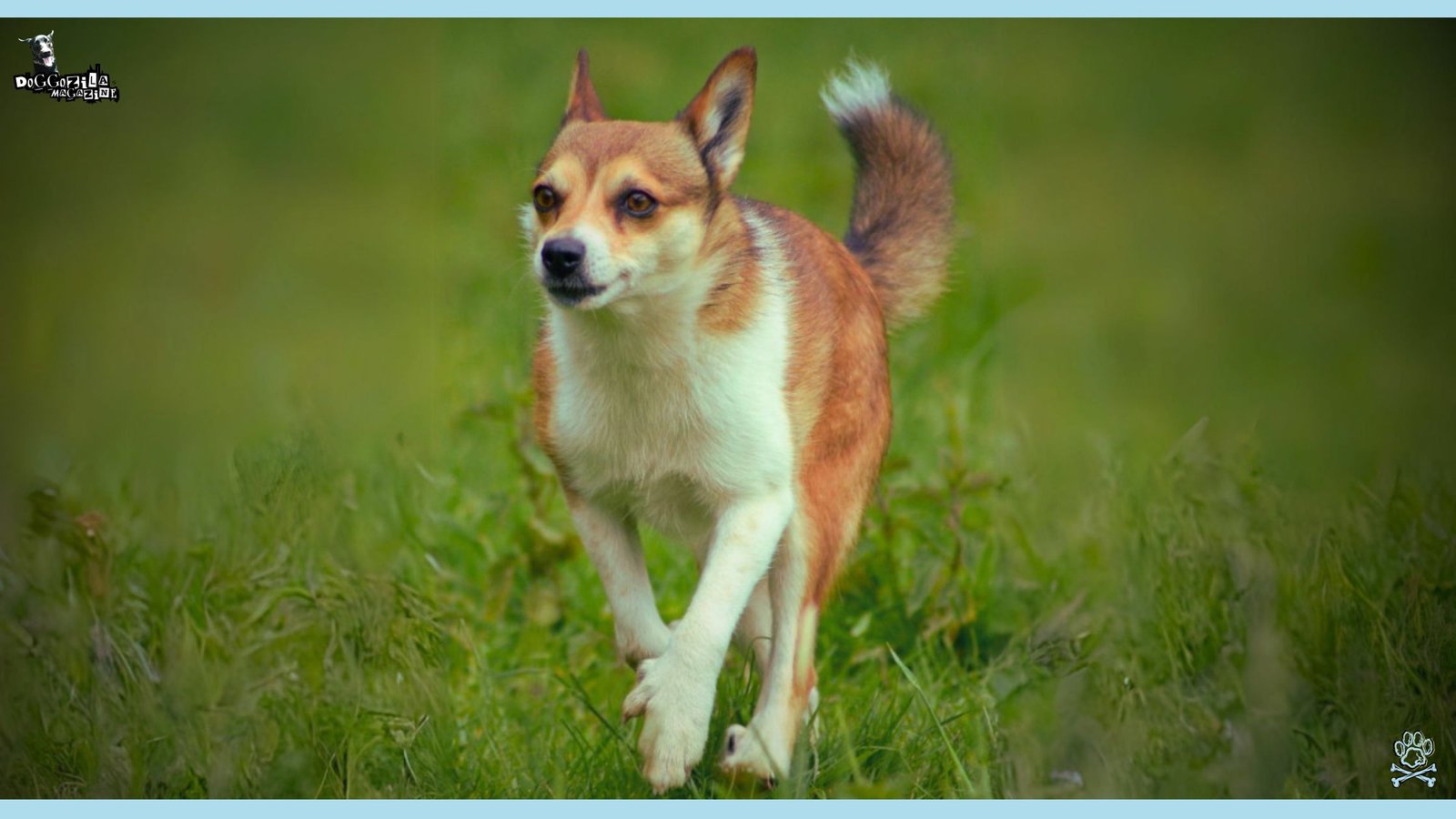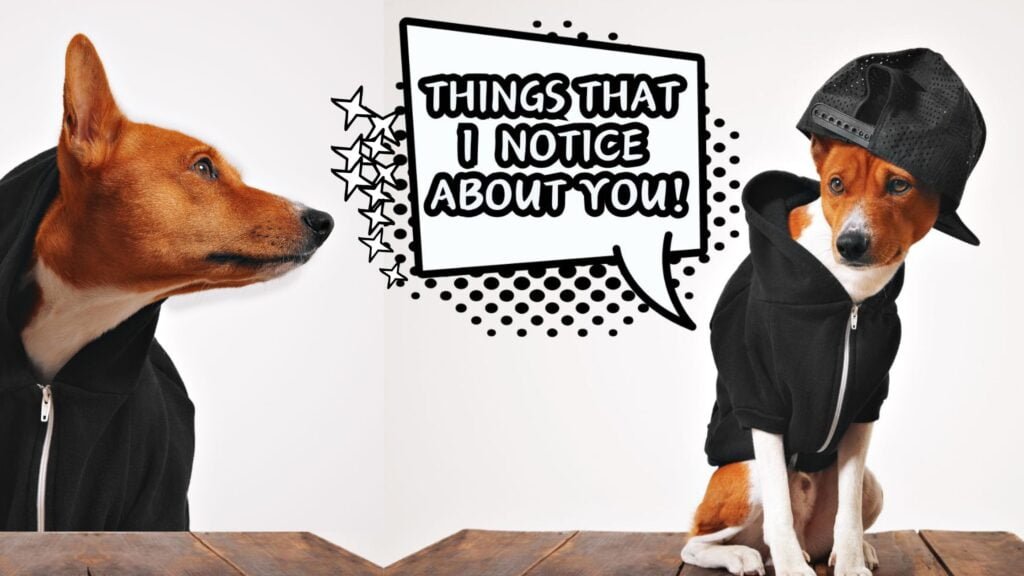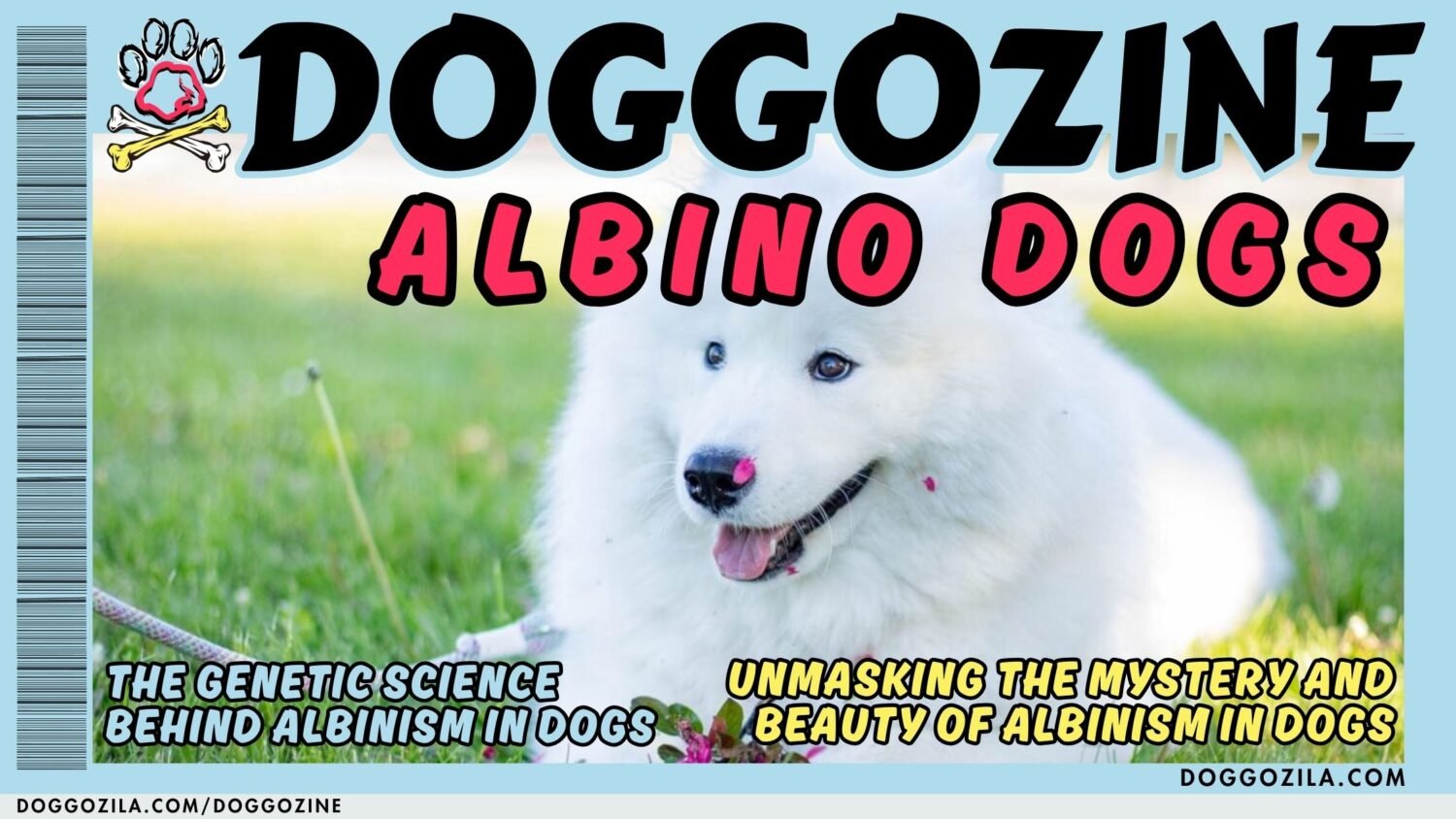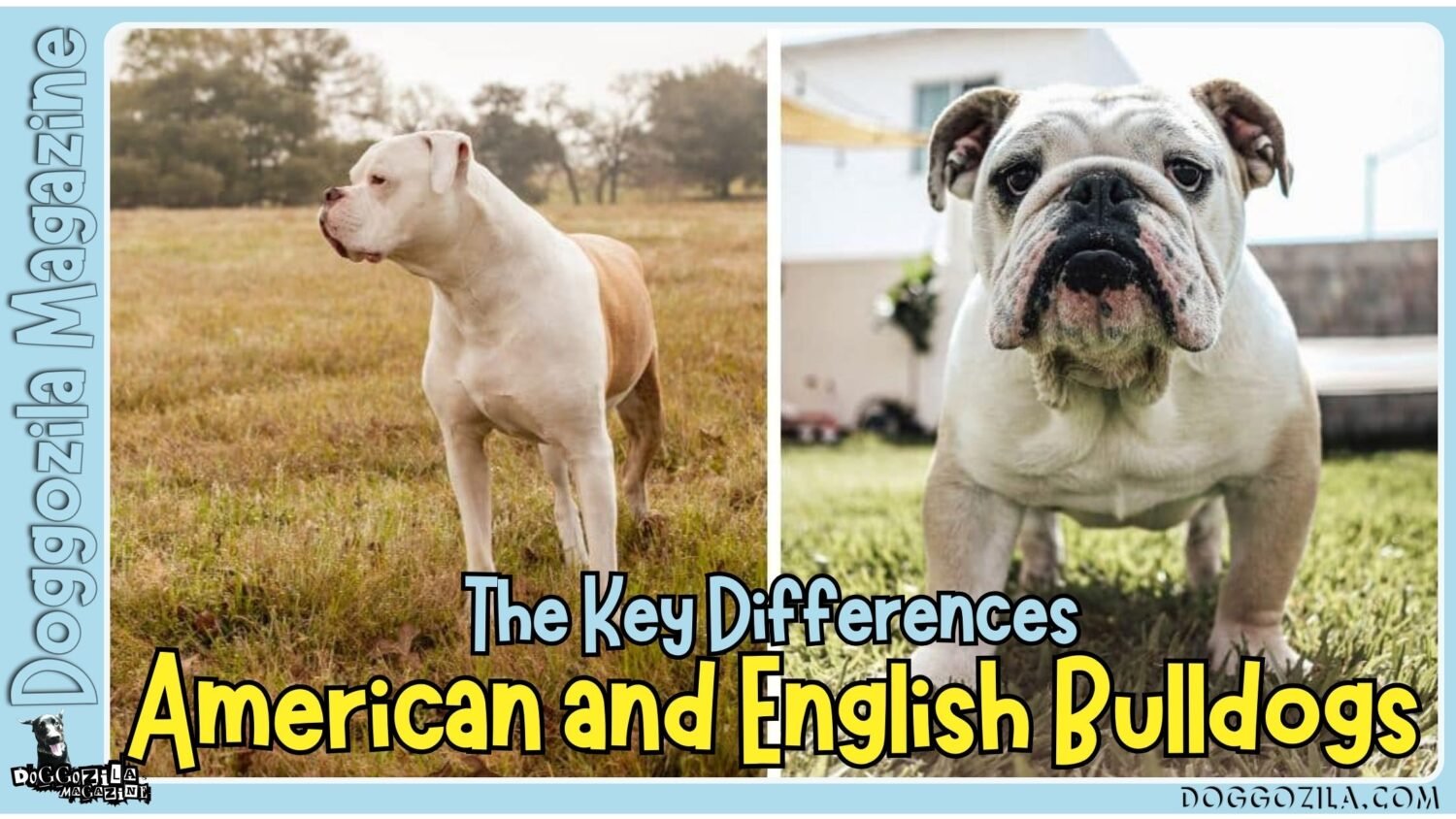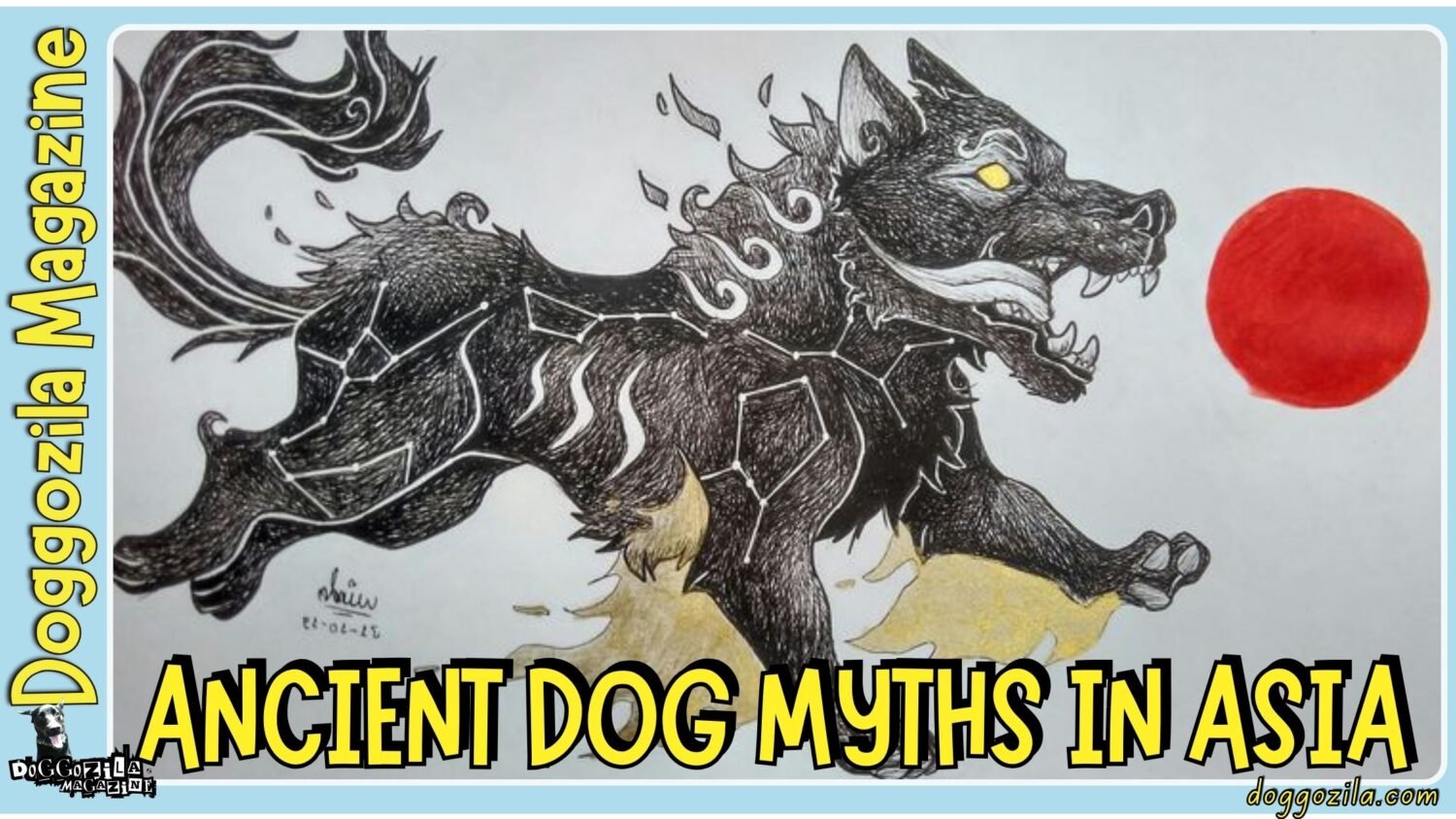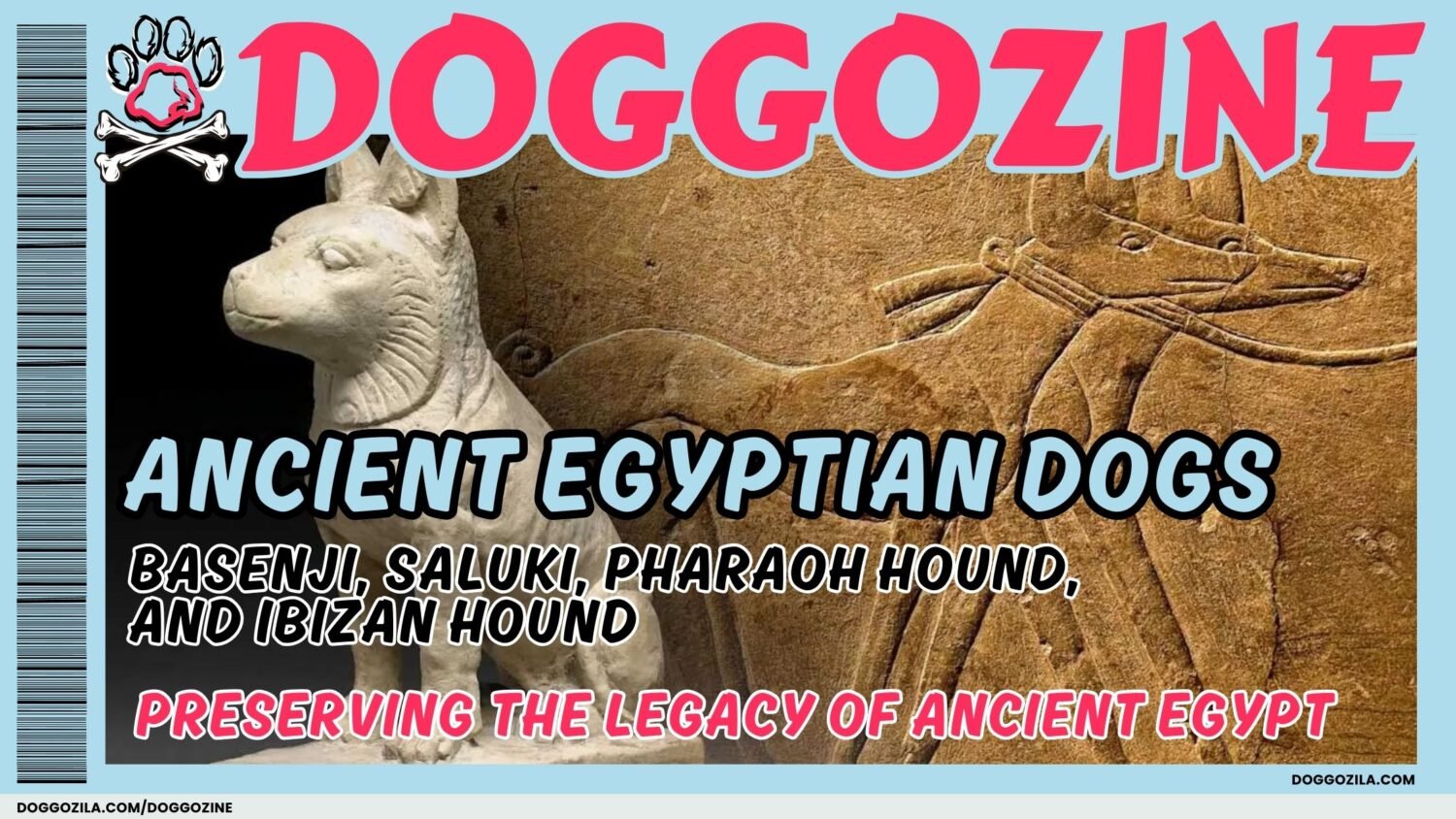We always cheer for the underdog. You know about Labradors and French Bulldogs, but do you know the least popular dog breeds? These dogs are at the bottom of registration lists. They have amazing histories and unique looks. Most people never notice their wonderful personalities.
Let’s explore the world of uncommon dogs. Find out what makes them special. Learn why they are so rare. See why people overlook them. One might be your perfect friend. Forget normal popularity contests. Let’s find some hidden treasures.
„Forget Labradors and French Bulldogs for a moment, discover why the world’s most overlooked dog breeds might just be your perfect companion.“
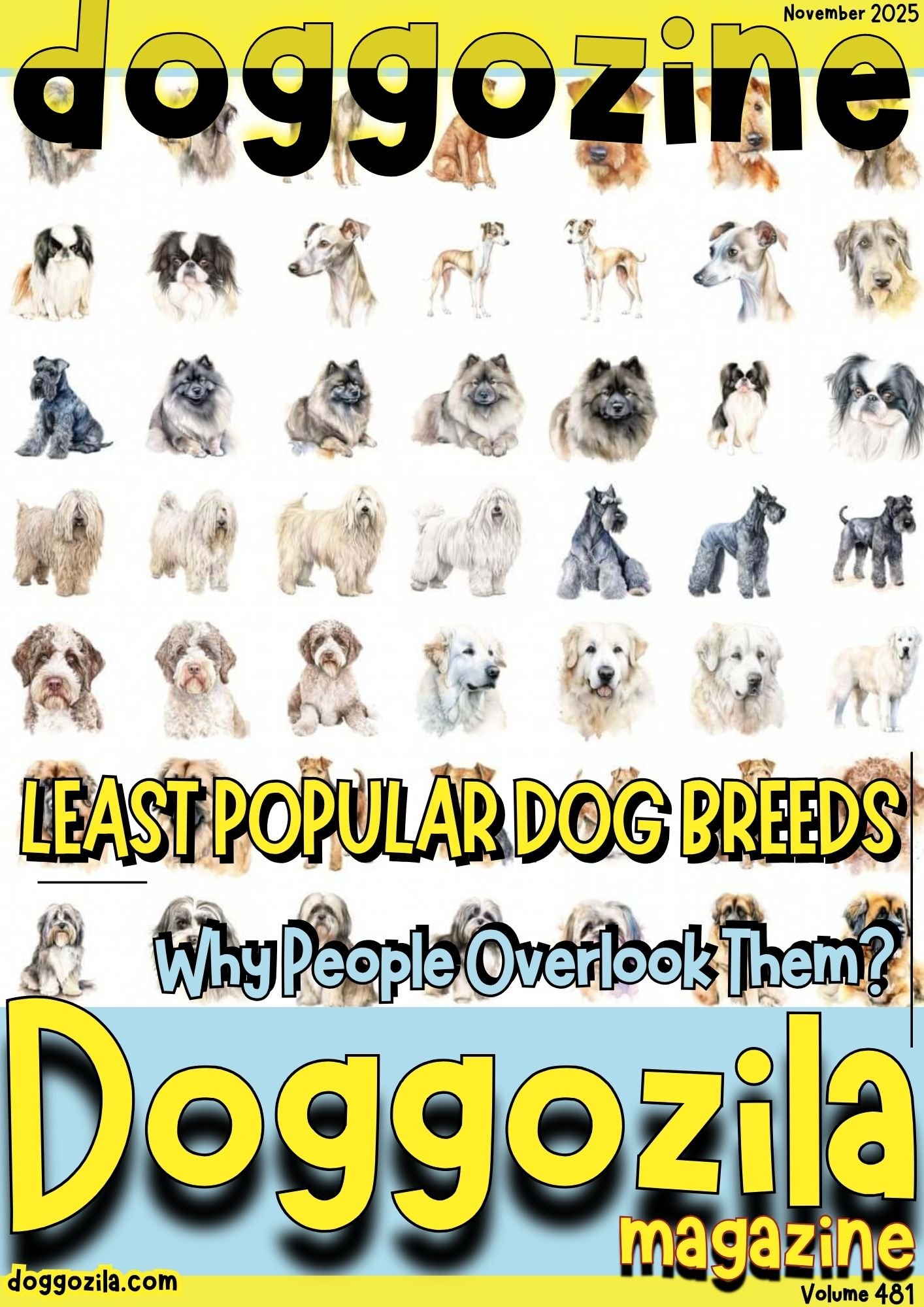
Quick Summary About The Least Popular Dog Breeds in The World
This article is all about the world’s least popular dog breeds. Why are these dogs so rare? It’s not because they’re bad pets. Often, it’s because their original jobs no longer exist, they need a lot of grooming, or they require a special home with plenty of space. The article makes a great case that these uncommon dogs are hidden treasures. They often have unique histories, fewer health issues, and make incredibly loyal companions for the right person. You’ll also get practical tips on how to find and adopt one of these special dogs. Choosing a rare breed is a chance to own a truly unique best friend and help preserve dog diversity for the future.
MEET THE WORLD’S LEAST POPULAR DOG BREEDS
We say least popular dog breeds for a reason. Fewer than 50 puppies are registered each year. They are not bad dogs. Many have cool histories. They have special skills too. The right owner would love their traits. They are obscure because human needs changed. It is not their fault.
The American Kennel Club tracks numbers every year. It shows popular breeds. It shows obscure breeds too. The UK Kennel Club does the same. These least popular dog breeds share themes. Their old jobs are gone now. They need special care. Pop culture never discovered them. Their rarity tells us about ourselves. It shows what we want in dogs. Some were hunters without work now. Others need complex grooming. The reasons are very different.
Let’s see why these dogs are rare. Your perfect match might be here.
What Does “Least Popular Dog Breeds” Really Mean?
Clubs like the AKC use numbers for popularity. They do not judge quality. The least popular dog breeds have few puppies each year. Sometimes just a handful in the whole country. This starts a cycle of scarcity. Few people know these breeds exist. So few look for them. Then fewer breeders work with them.
Some breeds are new to clubs. They lack recognition still. Others are old breeds that stayed home. Many were made for specific jobs. Those jobs are gone now. They seem less useful for modern families.
These dogs are not unpopular for bad behavior. The truth is the opposite. They are very specialized. This makes them perfect for special situations. But they are harder for the average home. Knowing their needs explains their scarcity. It also shows their great potential.
How Our Modern Life Makes Least Popular Dog Breeds?
We moved from farms to cities. This changed the dog world a lot. Many least popular dog breeds had old jobs. Those jobs do not exist in cities today. A Border Collie can chase kids, but a Norwegian Lundehund hunted cliff puffins. Its skills are not useful now.
City life needs different dogs. People need apartment dogs. They need dogs that like strangers. They need dogs that do not need much exercise. This rules out many least popular dog breeds. They were bred to be independent. They often have strong guard instincts.
Modern owners want predictable dogs. They want adaptable dogs too. Many rare breeds were not bred for this. Our connected world makes trends spread fast. A famous person shows a breed. Then registrations jump high. The least popular dog breeds never got their big break. No movies have them. No influencers show them. Many people do not know their names.
Great Reasons To Choose A Friend From The Least Popular Dog Breeds
A less common breed has big benefits. You often get a healthier dog. Some popular breeds have too many genetic problems. Many least popular dog breeds have special breeders. These breeders care about health first. They do not care about weird looks.
You will not see another dog like yours. This means a truly special friend. These dogs have amazing stories. You will not find these in common breeds. The Lundehund has six toes. The Bergamasco has a felted coat. These features tell about their original work.
Life with such a dog starts great talks. You can teach people about dog variety. Picking a least popular dog breed helps save them. You protect dog genetic diversity. You save cultural history too. Many breeds almost died in wars. Good owners help keep these breeds alive.
🔑 Key Points: These breeds are defined by low registration numbers, not poor quality, and their obscurity often stems from changing human needs rather than any fault of their own.

WHAT ARE THE WORLD’S LEAST POPULAR DOG BREEDS?
This list shows some of the least common dog breeds. These dogs aren’t unpopular because they make bad pets. Often, they are rare because their old jobs don’t exist anymore, or they are just not well-known.
Look at Some of These Unique Pups
Otterhound: A big, friendly dog with a shaggy coat and webbed feet. It’s incredibly rare because people no longer need it to hunt otters. |
Komondor: This large dog has a white coat that looks like mop cords! Its special fur needs a lot of care, and it’s best for experienced owners. |
Finnish Lapphund: A fluffy, friendly dog with pointy ears. It’s only recently become known outside of its home country. |
Chinook: A kind and devoted sled dog. There are just very few of them. |
Norwegian Lundehund: A playful dog with six toes on each foot and super-flexible joints! It was used for hunting puffins, a job that is no longer needed. |
Skye Terrier: A tough little dog with a long, silky coat. This breed is endangered and not well-known outside of Scotland. |
Glen of Imaal Terrier: A scruffy and sturdy dog. It comes from a remote part of Ireland, which is why it’s so rare. |
Nederlandse Kooikerhondje: A small, agile dog with pretty orange and white patches. It almost died out after World War II. |
Irish Red and White Setter: A fun-loving dog with a two-tone coat. It’s much less common than the popular solid red Irish Setter. |
Cesky Terrier: A quiet terrier with a silky coat. It isn’t bred widely outside of where it came from. |
More Uniquely Uncommon Dog Breeds
Tibetan Mastiff: An ancient, massive guardian dog with a lion-like mane. They are fiercely independent and protective, which makes them a handful for most families. |
Catalburun: A hunting dog from Turkey known for its unique split nose. This breed is so rare it’s almost impossible to find outside its native country. |
Azawakh: A tall, elegant, and incredibly slender sighthound from West Africa. They are known for their blazing speed, deep loyalty to their family, and aloofness with strangers. |
Lagotto Romagnolo: The curly-coated “truffle dog” from Italy! Friendly and hardworking, they were bred specifically to sniff out truffles. While growing in popularity, they are still quite uncommon globally. |
Thai Ridgeback: This is an ancient breed from Thailand. It’s known for the distinctive ridge of hair along its back that grows in the opposite direction. They are intelligent, powerful, and naturally protective. |
Peruvian Inca Orchid: This breed comes in hairless and coated varieties. The hairless type is famous for its spotted skin and need for sunscreen. They are elegant, graceful, and sensitive dogs. |
New Guinea Singing Dog: Named for their unique, melodious howl. They are so rare that they are considered a separate subspecies and are not typical house pets. Most live in conservation centers or zoos. |
Mudi: An energetic and super-smart Hungarian herding dog with a wavy coat. They are brilliant and agile but are often overshadowed by the more popular Puli and Komondor. |
Grand Basset Griffon Vendéen: A scruffy, long-eared French hound with a cheerful and determined personality. They were bred for hunting in rough terrain and are still quite rare outside of Europe. |
Catahoula Leopard Dog: The state dog of Louisiana, known for its stunning “leopard” spotted coat and mesmerizing glass eyes. They are intense, energetic working dogs that need a job to do. |
Want the Latest Info?
The list above is based on general rarity. For the most up-to-date popularity contest, you can check Kennel Club numbers. Groups like the American Kennel Club (AKC) count how many new puppies are registered each year. The breeds with the smallest numbers are the least popular.
🔑 Key Points: Remember that “Rare” Doesn’t Mean “Bad“. These uncommon dogs often make wonderful pets. There just aren’t many of them, so fewer people know about them

HOW LOST JOBS CREATE LEAST POPULAR DOG BREEDS?
Many least popular dog breeds got rare this way. Their original work disappeared. Dogs worked with people for ages. They were hunters and herders. They were protectors too. Technology and society changed. Many jobs are not needed now. Special breeds lost their roles.
The English Foxhound is a good example. It was made for fancy fox hunts. These dogs have great stamina. They love pack life, but fox hunting is now illegal in many places. Most people do not have big estates either. So the breed’s main job is mostly gone. The Norwegian Lundehund hunted puffins too. This stopped with new hunting ways. Protecting birds also reduced hunting.
These dog breeds now have an “adaptation gap“. Their special skills make them less flexible today. They need creative owners with new ideas. This does not make them worse pets. They just fit certain homes better.
The Forgotten Hunters: Least Popular Dog Breeds
Many least popular dog breeds were hunters. They chased game people no longer hunt. The Otterhound is one example. It came from medieval England. It hunted otters that ate fish. Otter hunting is now illegal. Otters are safe today.
The Cirneco dell’Etna hunted rabbits for ages. It worked on rough land in Sicily. This work is rare now. These hunting breeds keep their strong instincts. They often have high energy too. The American Foxhound can follow smells for miles.
The Grand Basset Griffon Vendéen never gives up on a trail. For active owners, these things are good. They are not bad. Modern owners sometimes get this wrong. They think it is bad behavior. Really, the dogs are just being themselves.
The Special Herders: Least Popular Dog Breeds
Several least popular dog breeds were herders. They needed special traits we do not need now. The Bergamasco Shepherd has a unique felted coat. It guarded sheep in the Italian Alps. Its coat kept it warm and safe from predators.
The Pyrenean Shepherd worked with the Great Pyrenees. They worked in mountains between two countries. The small one herded. The big one protected. These working breeds are very smart. They can be independent and protective too.
The Komondor has a corded coat. This hid it in the sheep flock. It guarded animals alone for long times. These traits can be tricky in suburbs. They need good understanding and training. For skilled owners, they offer a deep connection.
New Jobs For Least Popular Dog Breeds
The trick is finding new uses for old skills. Many uncommon dog breeds love dog sports. Scent work and tracking are perfect. Agility and herding trials exercise their minds. These games use their natural talents well. Their smarts help in new jobs too. They can be amazing service dogs. With good training, they help disabled people. They can be comfort animals too.
Some even sniff for bombs. The Wirehaired Vizsla works for the TSA now. It sniffs for dangerous items. Knowing your dog’s original job helps you. Learn why your Sloughi watches everything. Learn why your Lundehund bends so well. This brings understanding, not annoyance.
🔑 Key Points: Many of these breeds became rare because their original purposes, like hunting or herding, are obsolete in modern society, creating an “adaptation gap.”
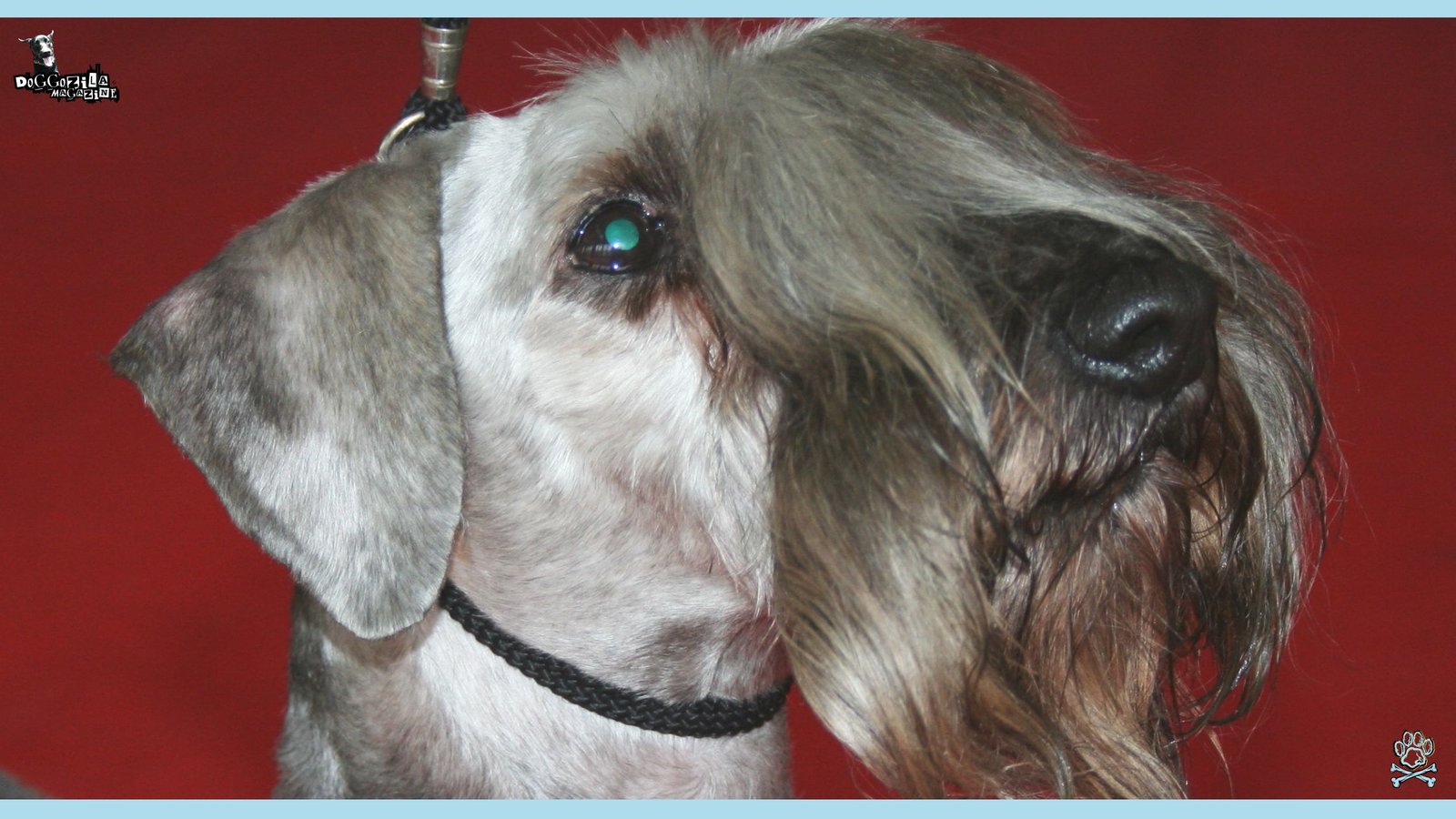
WHY GROOMING NEEDS CREATE MORE LEAST POPULAR DOG BREEDS?
Some least popular dog breeds are rare because of grooming. They need a lot of coat care. Our world is very busy now. Many owners want easy-care dogs. They do not want daily brushing. They do not want professional grooming.
Some rare breeds need this work. This does not fit busy homes. The Komondor has a special corded coat. It needs careful cleaning to avoid mats. It needs care to prevent skin trouble too. The Bergamasco Shepherd has a unique felted coat. It needs particular care for its look. This care must not hurt the dog. The pretty Puli has a similar coat. People often get its grooming needs wrong.
Hard-Care Coats In Least Popular Dog Breeds
Several least popular dog breeds have difficult coats. They need special knowledge and regular work. The Bergamasco’s coat makes natural “flocks“. These are mats that take years to grow. Owners must help these flocks form right. This needs special methods. It is not like normal dog grooming.
The Komondor’s cords need hand separation. This stops bad matting and pain. Unlike most dogs, they need keeping up, not untangling. This often means finding expert groomers. Or you must learn to do it yourself. Even simpler coats can need work. The Curly-Coated Retriever has tight curls. These need regular combing to avoid mats.
Other Care Needs For Least Popular Dog Breeds
Grooming is not the only issue. Some least popular dog breeds have other support needs. They might need certain exercise or food. Their living needs might not fit modern life. The Azawakh is a sight hound from Africa. It needs regular fast runs. This must be in a safe space. Other breeds have unusual body traits.
The Norwegian Lundehund has extra toes. This makes nail cutting harder and longer. Some breeds need special diets. Others get fat without watchful feeding. Some least popular dog breeds have specific health issues. Good owners must look for these. Less common breeds may have fewer vets who know them.
Easy Care For Least Popular Dog Breeds
You cannot remove all care needs. But you can make them simpler with thought. Many owners of corded breeds learn tricks. These make the job easier. Some pick a “puppy cut” for their dog. This shorter style cuts grooming time. It still keeps the dog’s skin safe.
Finding a skilled groomer helps a lot. Look for one who knows your rare breed. Or find one who will learn about it. Talk to breed rescue groups. National clubs can give good help too. These groups offer advice and support. Knowing why the needs exist helps. It changes boring jobs into bonding time.
🔑 Key Points: Extensive and specialized grooming requirements for breeds like the Komondor make them impractical for time-poor, modern households seeking low-maintenance pets.
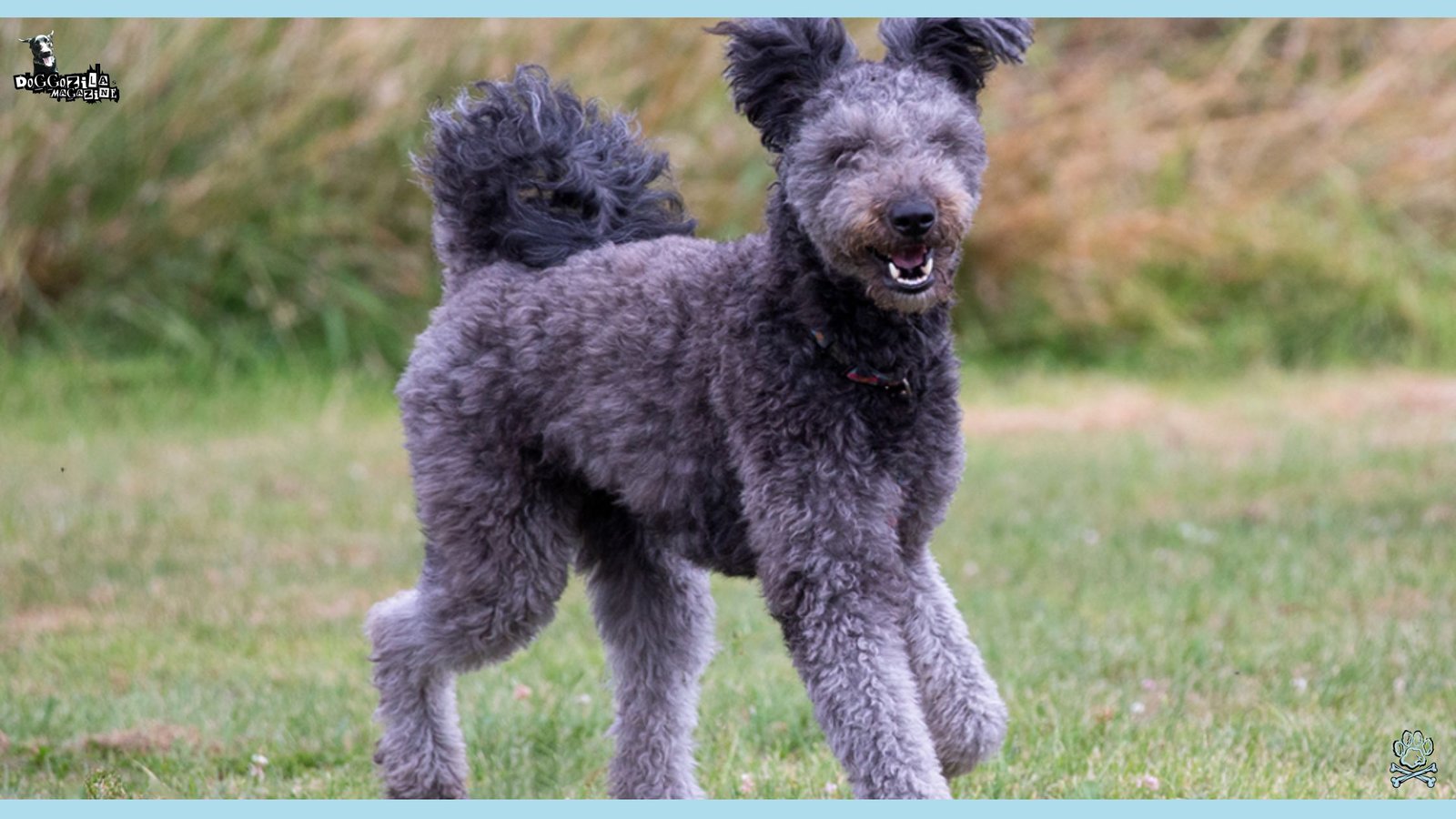
HOW PERSONALITY CREATES LEAST POPULAR DOG BREEDS?
Behavior affects which breeds become least popular dog breeds. Modern owners often want steady, friendly dogs. They want dogs that fit into different places. Many rare breeds have worker dog traits.
These traits can be hard without training. Thinking alone is a common reason for being rare. Independence was good for working dogs. It can look like stubbornness in a pet. The Borzoi was bred to hunt far from people. It often shows this solo thinking. The Canaan Dog was a wild dog in the Middle East. It is watchful and protective by nature. High energy also limits popularity.
The Solo Thinkers
Many least popular dog breeds were bred to work alone. They do not always listen right away. The Sloughi is an old African sighthound. It hunted over huge dry lands. It made choices without people. This makes a less eager-to-please dog.
Some terrier breeds show this strong will too. The Cesky Terrier is calmer than some, but it still has a persistent spirit. It needs to follow animals into holes. These things can test new owners. They might want instant obedience. The key is seeing their intelligence. Their solo thinking is problem-solving skill.
The Busy Workers
Several least popular dog breeds have huge energy. This is too much for most pet owners. The Belgian Tervuren is a smart herding breed. It needs both body exercise and brain games. Without good outlets, it picks bad habits. It might bark too much or dig. It might even run away.
Some rare breeds mix energy with strong drives. The Harrier is bigger than a Beagle. It was bred to run all day after hares. It keeps that energy and needs daily activity. Its hunting drive can beat recall training. For the right owner, these dogs give great teamwork.
The Shy Ones
Some least popular dog breeds are nervous with strangers. They can be sensitive to changes around them. This tests new owners. The Finnish Spitz loves its family, but it is watchful and noisy with strangers. This made it a great hunting dog. It can be misunderstood as a pet.
Several rare sighthounds love their families deeply, but they are quiet with outsiders. This includes the Sloughi and Azawakh. Their nature matches their history. They were loved in certain cultures. They like calm, regular homes best.
🔑 Key Points: Behavioral traits prized in working dogs like independence, high energy, and reserve, and can be challenging for owners seeking a predictable, easygoing family pet.
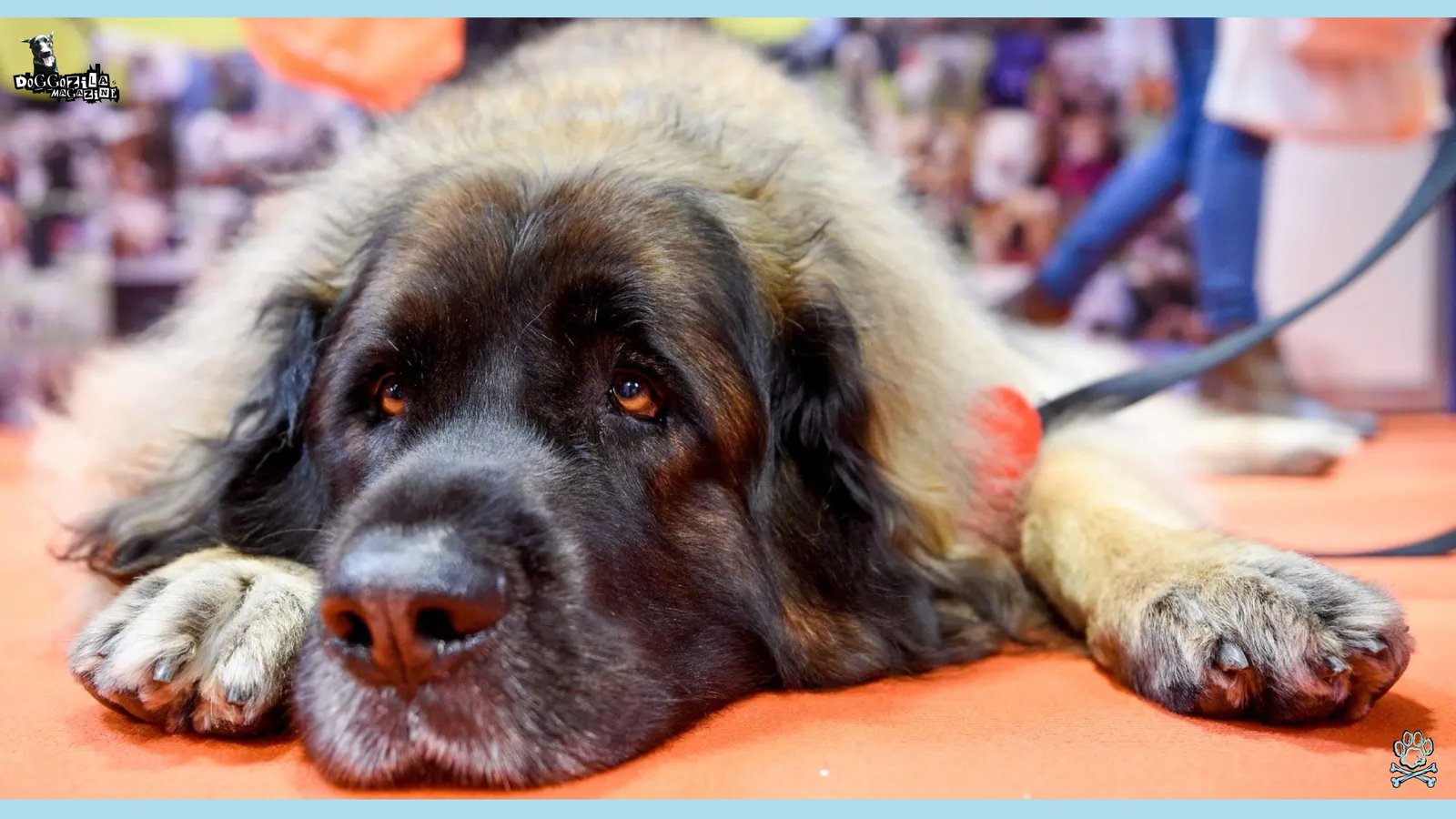
WHAT KIND OF HEALTH ISSUES HAVE THE LEAST POPULAR DOG BREEDS?
Health worries affect some breeds’ popularity. People research health more now. Some rare breeds have problems. This makes them less attractive to most families. Knowing this explains their rarity.
The Norwegian Lundehund has special health troubles. It can have Lundehund Syndrome, a gut problem. This hurts its ability to get food nutrients. It also has small litters. Its gene group is small too. These worries rightly make owners think twice. Some rare breeds have more cancer. Others have specific genetic issues. But popularity does not equal health. Some popular breeds have big health troubles. French Bulldogs can have breathing issues. Sometimes, being less popular means better health.
Small Gene Pools
Some least popular dog breeds have tiny gene groups. When numbers fall, inbreeding happens more. This can group bad genetic traits. The Norwegian Lundehund almost died out. Only six dogs lived through World War II. All current Lundehunds come from these few dogs. This causes certain genetic limits.
Breeders try hard to manage gene variety. They use careful matching and health checks. But the small pool stays a problem. Potential owners should study health issues. They should find breeders who do health tests.
Dog Breeds with Special Bodies
Some least popular dog breeds have unusual physical forms. This creates health points for owners. The Norwegian Lundehund is very bendy. It has extra toes and can look backwards. This helped it climb cliffs for puffins. These things do not always cause sickness. But owners must know their dog’s individual needs.
Other breeds have different body needs. Deep-chested sighthounds can get bloat. This includes the Sloughi and Scottish Deerhound. They need careful feeding. Big breeds may get joint problems.
Proactive Smart Health Care
Owners can help their dog’s health. Study breed-specific health issues first. This allows early finding and action. Talk to breed clubs for information. They have collected knowledge about these dogs. Find good breeders who value health.
Preservation breeders do advised health checks. They thoughtfully plan pairs for variety. They are open about health worries. Despite possible issues, many rare breeds gain. They are not overbred for extreme looks. They keep more normal, working body shapes.
🔑 Key Points: While some rare breeds face health challenges from limited gene pools, their obscurity can sometimes mean they are healthier than overbred popular breeds.

WHY THE SPACE NEEDS CREATE MORE LEAST POPULAR DOG BREEDS?
Modern living affects popularity much. More people live in apartments now. Space needs influence dog choice a lot. Many rare breeds need country life. They need lots of room to run. This makes them less good for cities.
The English Foxhound shows this well. It was bred to run for miles on estates. It has energy that overwhelms city people. The Scottish Deerhound needs to run fast. It needs big, safe fenced areas. Many city owners lack this space. Even small rare breeds can have issues. The Finnish Spitz has a loud, special bark. This helped it tell hunters where game was. But it can bother apartment neighbors.
Country Dogs In Cities
Many least popular dog breeds hate small spaces. It is not always about their size. It is about their energy and instincts. The American Foxhound can run for miles on a scent. It gets upset in a tiny yard. These dogs often show destructive acts.
This happens when they do not get enough exercise. The dog seems bad but it is not. It is just in the wrong place. Some rare breeds have strong guard instincts. The Komondor watched flocks alone in Hungary. It can be suspicious of strangers. It protects its home.
This needs constant socializing in busy areas. Other breeds just need more activity. The Grand Basset Griffon Vendéen is full of energy. It was bred to hunt all day. These dogs need more than a short walk. City people need clever exercise ideas.
Noisy Trends In Least Popular Dog Breeds
Breed noise habits affect popularity. This matters more in tight living spaces. Many least popular dog breeds use their voices for old work. This tests modern pet owners. The Finnish Spitz is called the “barking bird dog“. Hunters loved its special sounds. This helped them find game in the woods.
Hounds as a group like to be noisy. They used barks to talk during hunts. The Otterhound has a deep voice. The Harrier has a special call. The American Foxhound has a singing bark.
These were useful in the field. But they can bother nearby neighbors. Even some terriers are fast to bark alerts. Training can control too much barking, but it is tough to stop natural behaviors. Knowing noise habits before buying helps. It makes better pairs between dogs and houses.
How to Make It Work With These rare Puppies?
Good owners can make it work still. The key is giving mental and physical fun. Do this within your space limits. Regular trips to dog parks can help. Safe fields or woods give exercise too. Mental fun is often just as key. This is true for smart, purpose-bred dogs. Food puzzles and smell games are great.
Obedience training and dog sports tire their minds. Many rare breeds are great at these activities. They challenge their brains in small spaces. Matching a dog’s needs to your life is vital. This stops frustration for all. Almost any dog can adjust with creativity. But some pairs naturally work better. Be truthful about your time, space, and activity.
🔑 Key Points: These breeds often struggle in urban settings because they were developed for rural life with plenty of room to roam and high-energy jobs.
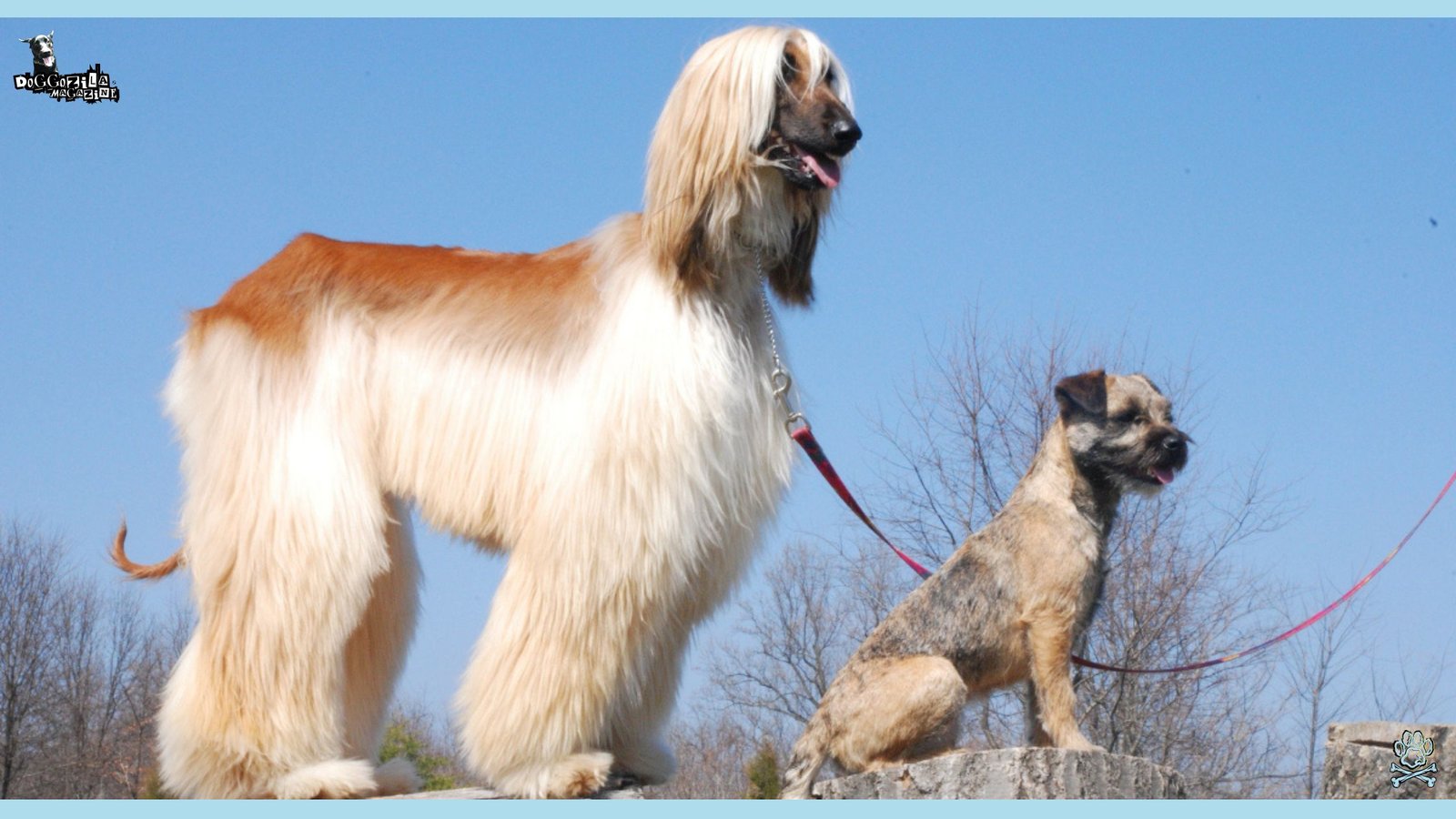
HOW SCARCITY CREATES LEAST POPULAR DOG BREEDS?
Some breeds are least popular dog breeds just because they are rare. This makes a cycle of being unknown. People hardly ever see these breeds. So they are less likely to think about them. This means fewer breeders and less info. It makes things hard for potential owners.
The Cesky Terrier shows this perfectly. It was made in 1948 in Czechoslovakia. The US has only a few hundred dogs. There are just five active breeders in the country. Even people looking for rare dogs have trouble. This makes popularity almost impossible. The Grand Basset Griffon Vendéen is rare too. It stays uncommon outside its home in France. Few breeding programs exist elsewhere. Without saving work, breeds can vanish.
Why Being Unseen Hurts?
Popular breeds are in films and ads. The least popular dog breeds almost never get this. People hardly know about them. Fewer people think of these breeds when looking. Even dog fans struggle to name them. Breed clubs try hard to promote them, but they have little money compared to others.
Dog shows give some visibility, but rare breeds get less notice there. Social media gives new chances now. Keen owners can share their stories. This can create interest old media misses. A popular post about a Bergamasco Shepherd helps. It might make more notice than years of shows.
Breeding Issues For The Unseen Dog Breeds
Finding these dogs has big hurdles. With few breeders around, you may need to drive far. You might get on waiting lists for puppies. This needs more patience and dedication. Good breeders care about preservation. They do not care about making lots of puppies. They might have only a few litters. This method helps health and temperament.
But it makes fewer dogs available. Some breeders check homes closely too. They make sure puppies go to ready owners. Despite problems, the process has pluses. It often makes better matches. Owners study the breed well first. This preparation leads to more wins.
Fighting The Cycle For Least Popular Dog Breeds
Fans can help break the scarcity cycle. Share your good stories widely. Social media sites are strong tools. Show these breeds in daily life. This helps people see them as family. Joining dog sports gives visibility too. Public events let people spot rare breeds. They might find breeds they never knew.
These real meetings are very powerful. Breed rescues also help a lot. They show people uncommon breeds. While not common, rescues exist for many. Getting an adult dog is an easier way. It lets people try the breed first. This might make them look for puppies later.
🔑 Key Points: A self-perpetuating cycle occurs where limited public exposure leads to fewer breeders and less available information, keeping these breeds obscure.

PICKING A LEAST POPULAR DOG BREED
Thinking about a least popular dog breed? Some things make a good match. Deep study is the first important step. Learn the breed’s past and personality. Know its needs and health worries. Understand why the breed was made first. This gives key background for modern life. Honest self-check is just as important.
Does your life fit the breed’s needs? Can you give needed grooming and exercise? What about mental fun? Be real about what you can do. This makes a better match for both. Lastly, patience is totally needed. Finding a good breeder takes time. You might wait for a puppy. This wait gives you more time to get ready. It leads to a better adoption later.
Finding Good Sources For Unpopular Breeds
Locating good breeders needs different methods. Start with national breed clubs first. They have lists of preservation breeders. These breeders promise to their breed’s health. The groups usually check their members.
They give useful resources about the breed too. Going to dog shows gives good chances. You can meet breeders face to face there. You can see their dogs closely. Even rare breeds have fans at shows. They are happy to share knowledge. Be nice with their time during contests, but do not be afraid to ask things.
Get ready for stricter checking processes. Preservation breeders talk to possible homes fully. They make sure puppies go to good places. They might ask detailed life questions. See this as care for their breed.
Getting Ready For Unpopular Dog Breed
Prepare your home and family before getting one. Know the individual needs of your picked breed. If grooming needs are big, study groomers. Find one who knows your breed. Or buy tools for home grooming.
Start grooming habits early. This makes puppies okay with handling. Find good exercise spots near you. If your breed needs safe run spaces, find them. Find dog parks or fenced areas to use. If mental fun is key, study choices. Check out dog sports or training classes.
Find home games that fit your breed. Talk to other owners of your breed. Use national clubs or social media groups. These groups give great support. People there know your breed’s uniqueness. Many fans like teaching new owners.
Living Well With Least Popular Breeds
Living well means loving their natural ways. Turn instincts into good activities instead. Give scent hounds tracking fun. For the solo thinkers use puzzle games. Give energetic breeds enough physical play. Work with their nature, not against it. This makes much happier friendships for all.
Training should use happy rewards. Aim for building teamwork together. Do not ask for strict obedience always. Many rare breeds like motivation better. Know what makes your dog excited.
It could be food, toys, or praise. It might be chances to use natural skills. Most importantly, love your unusual friend. It is a living bit of cultural history. Each question about your dog is a chance. You can teach people about amazing breeds. By giving a good home, you help save them.
🔑 Key Points: Success with one of these breeds requires thorough research, honest self-assessment of your lifestyle, patience to find a reputable breeder, and a willingness to embrace their unique nature.
